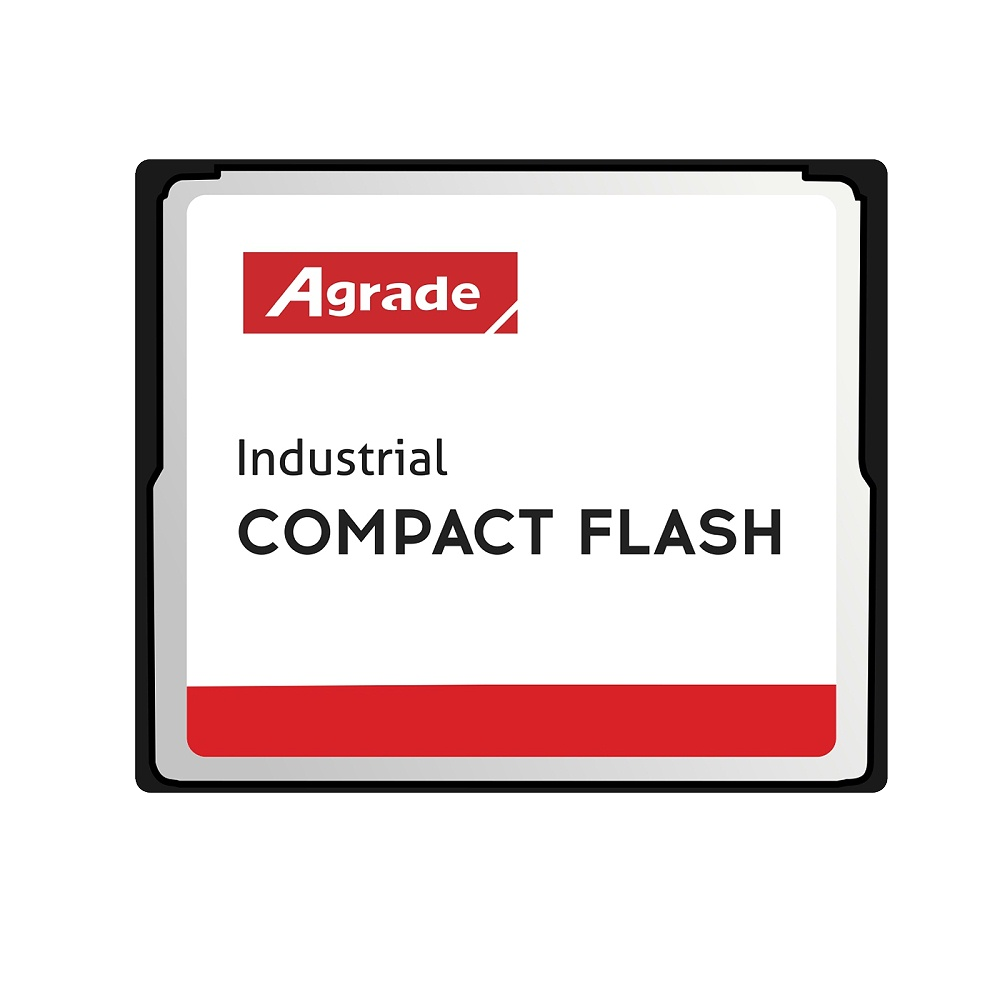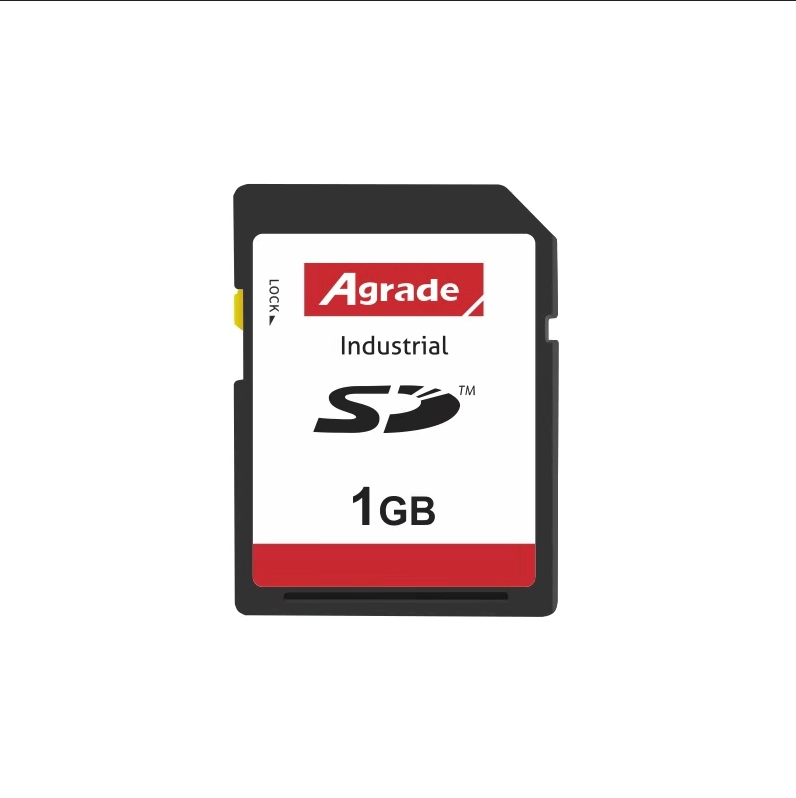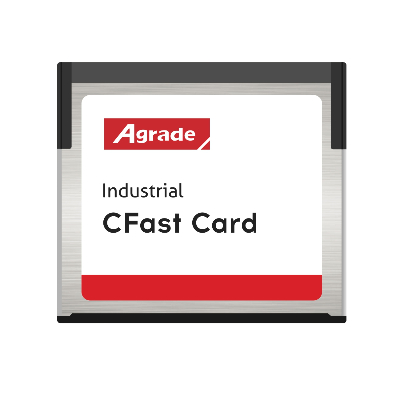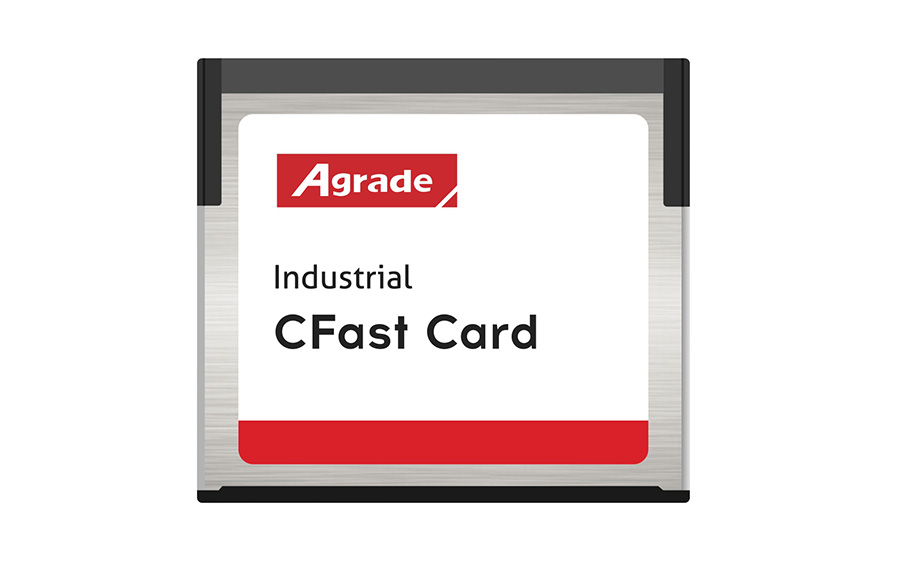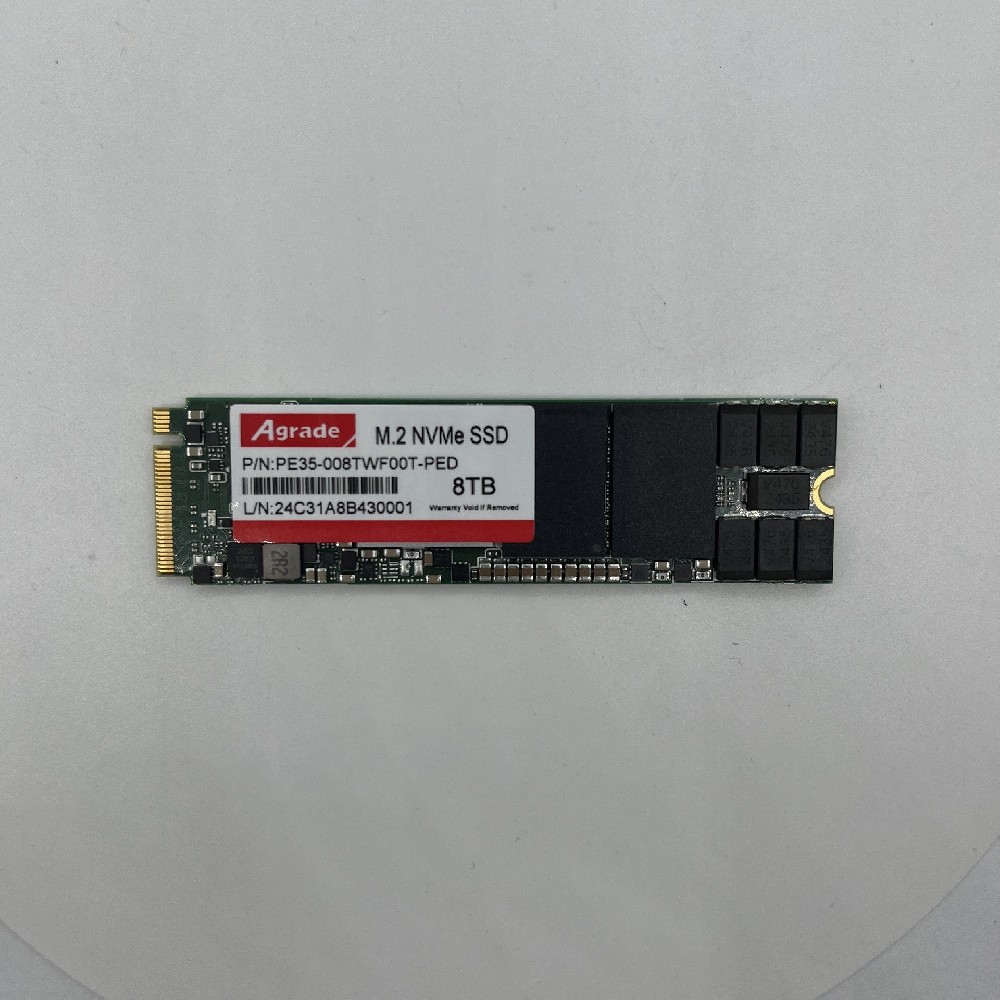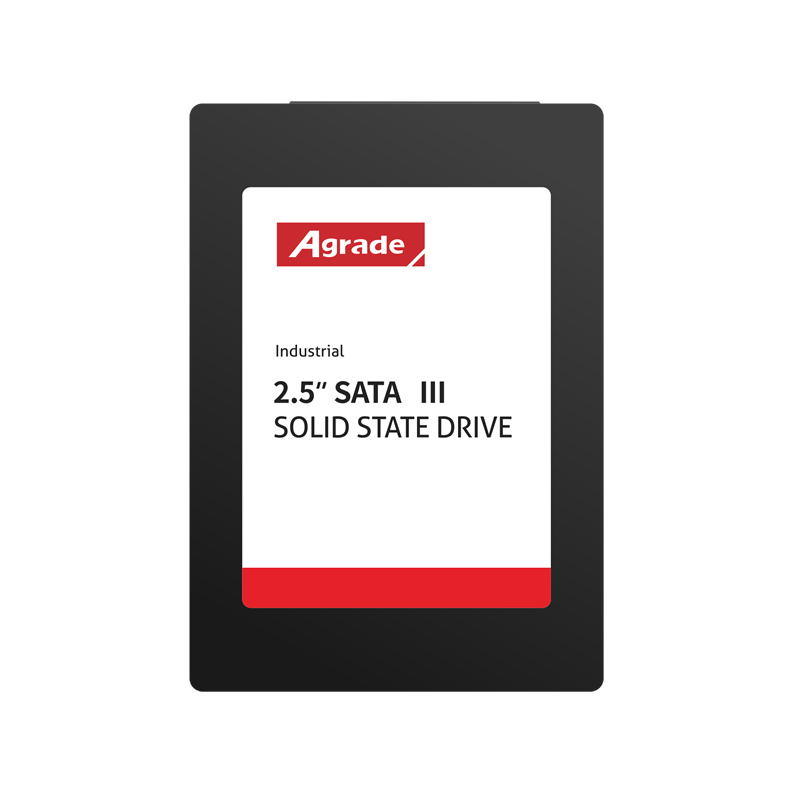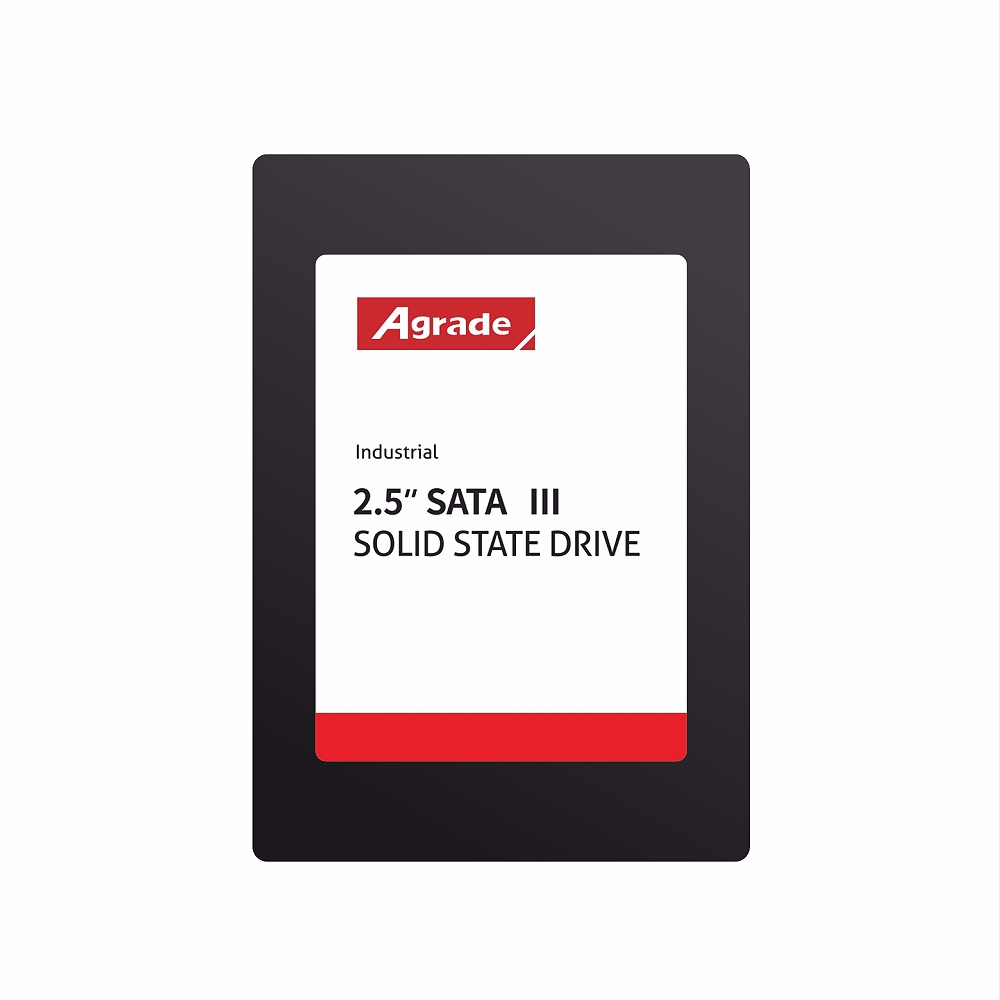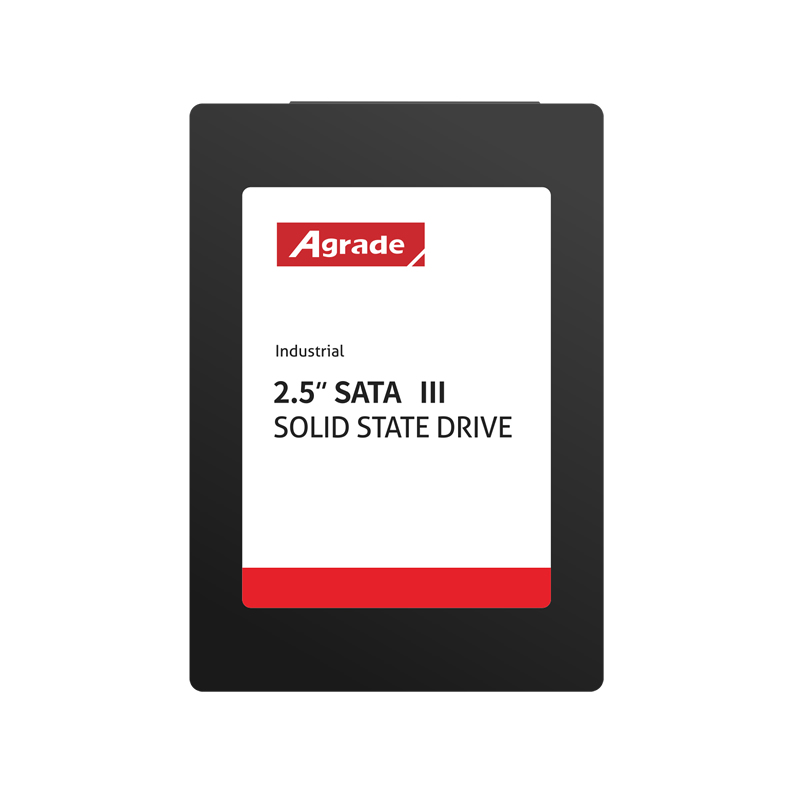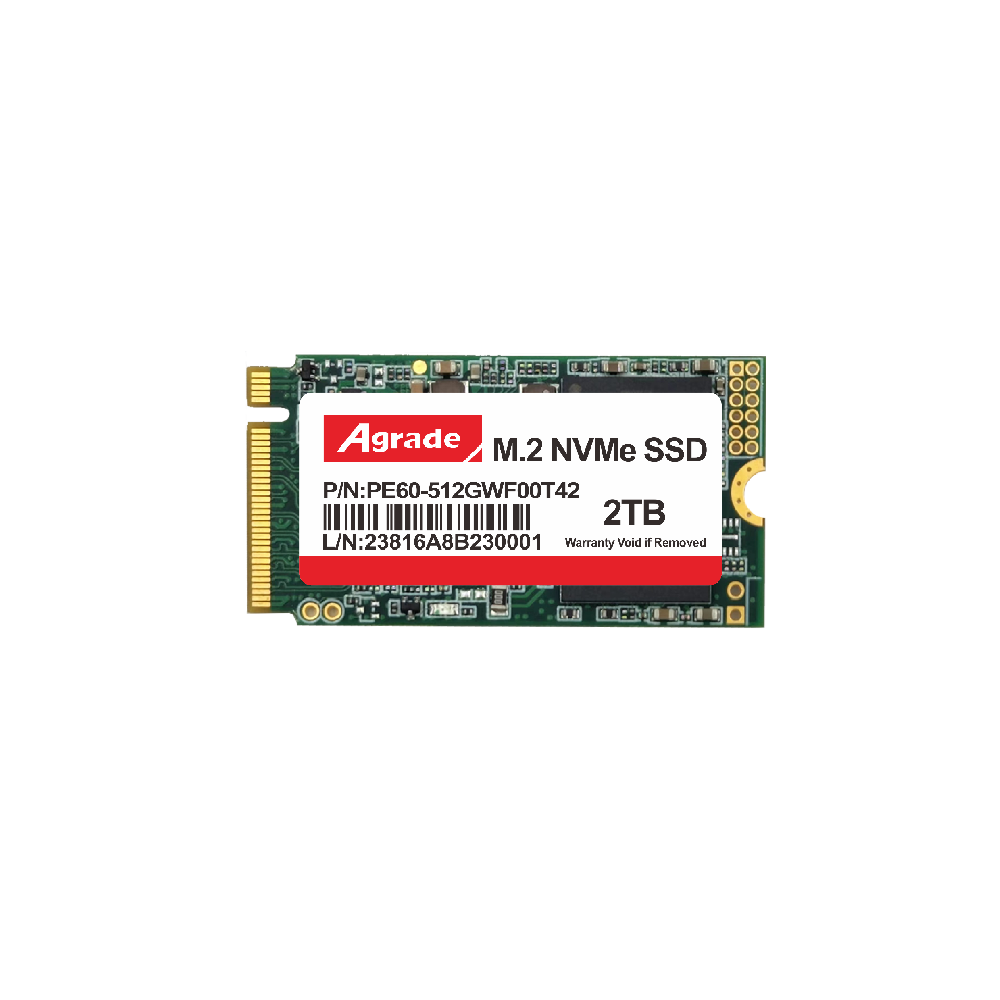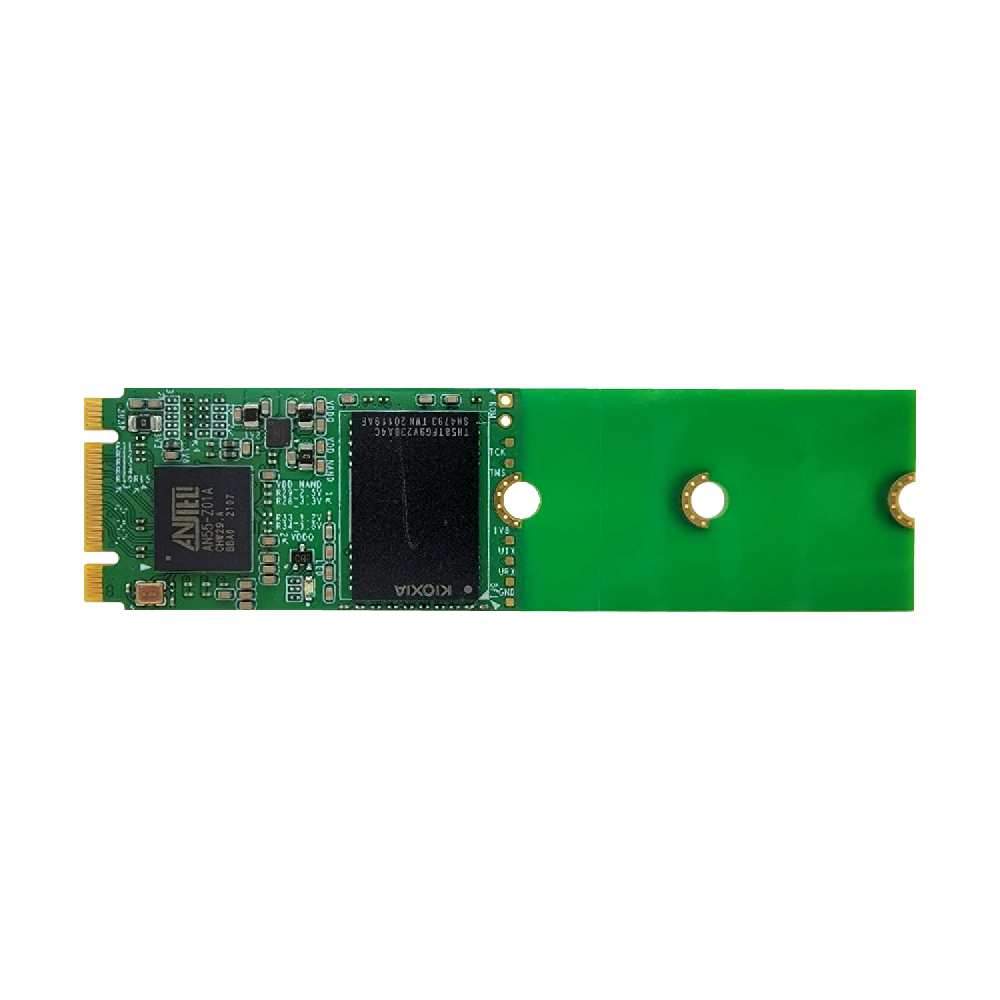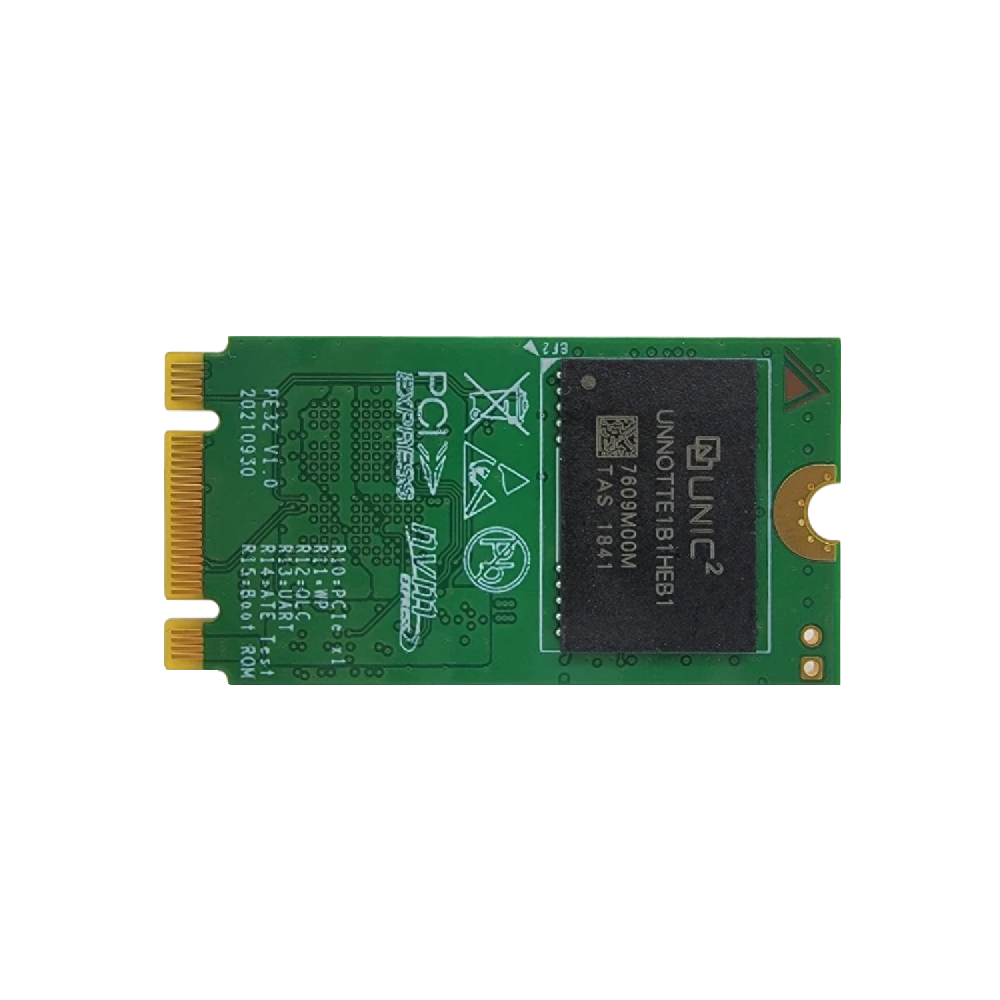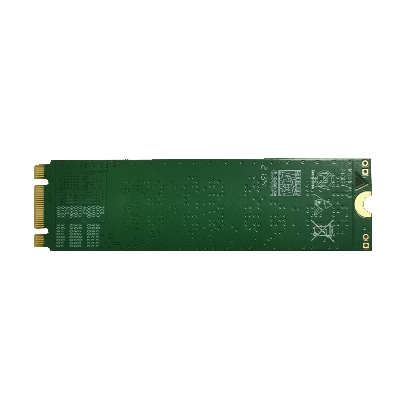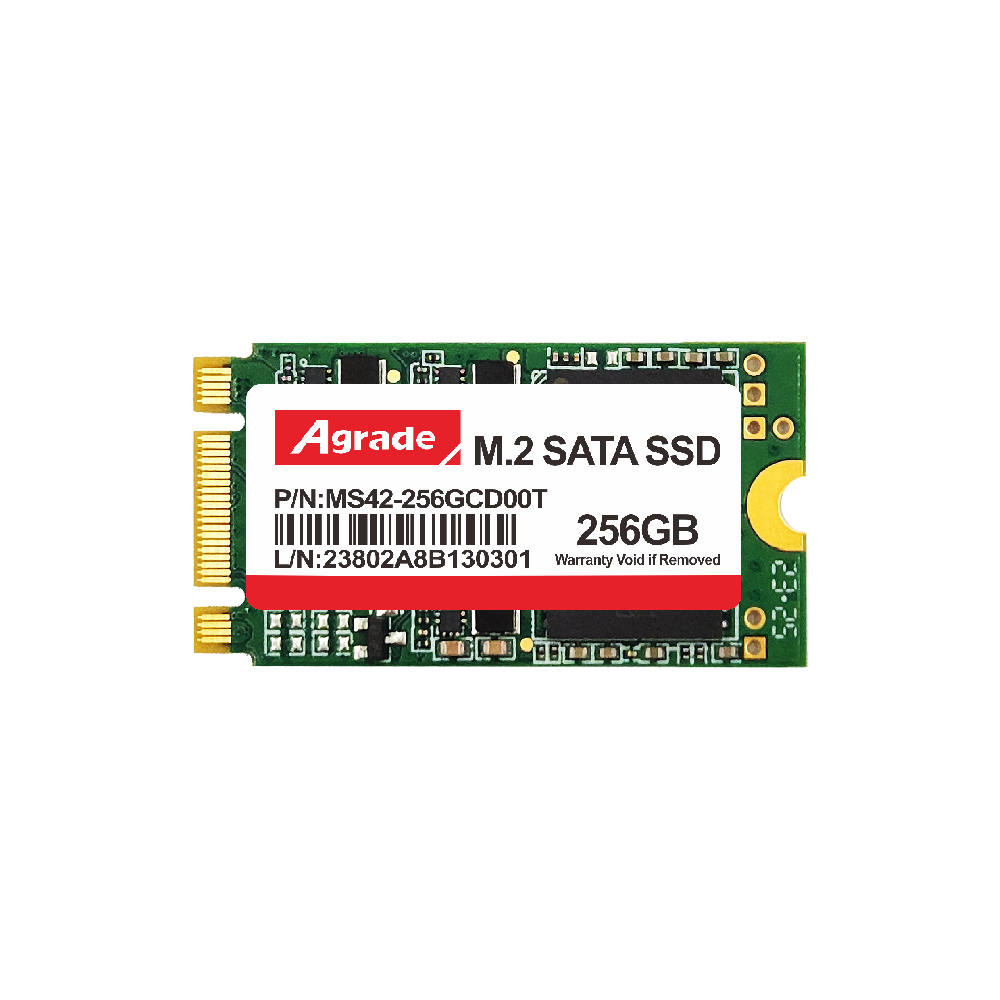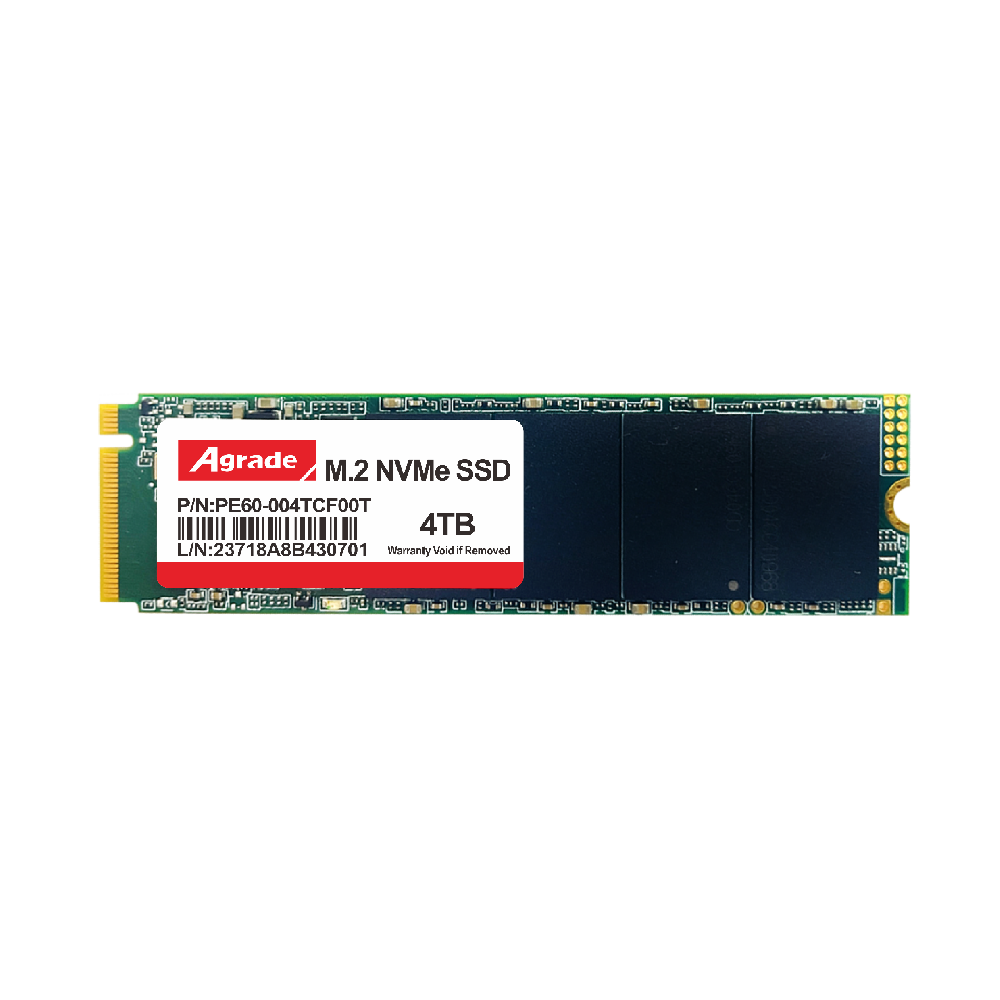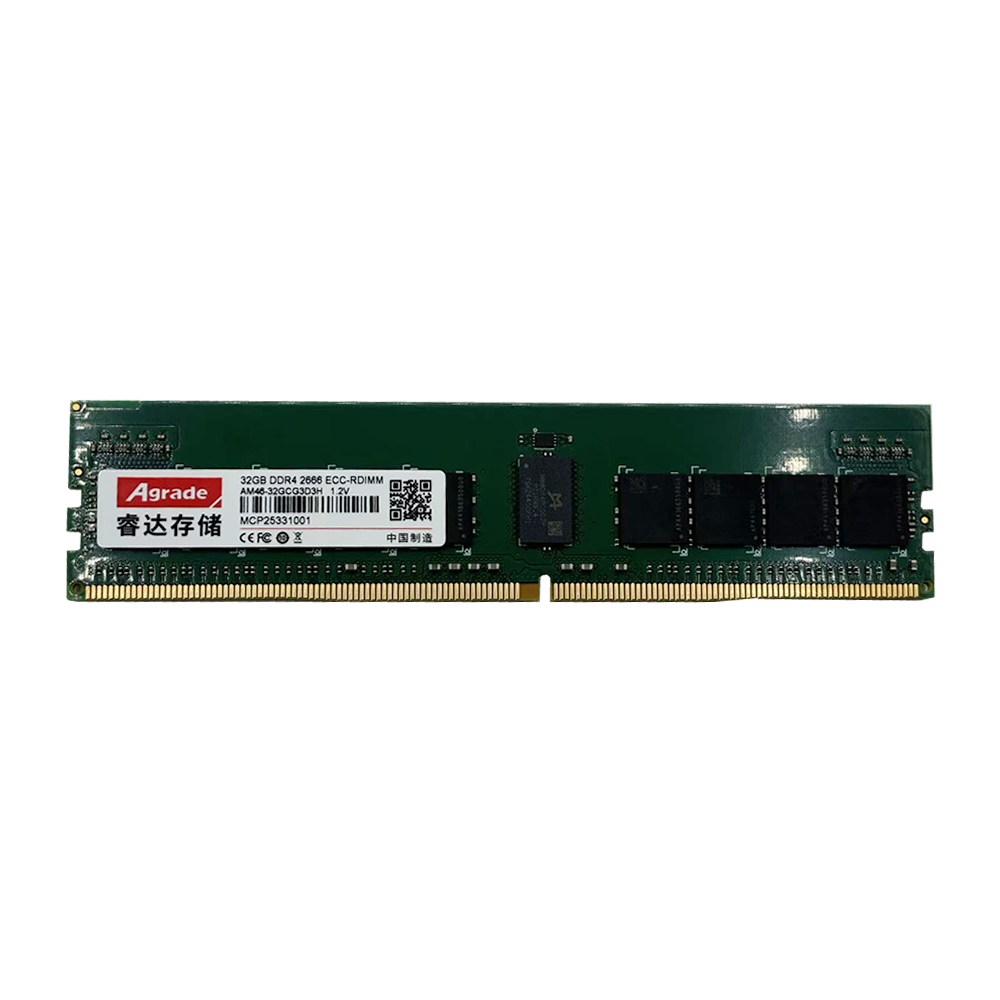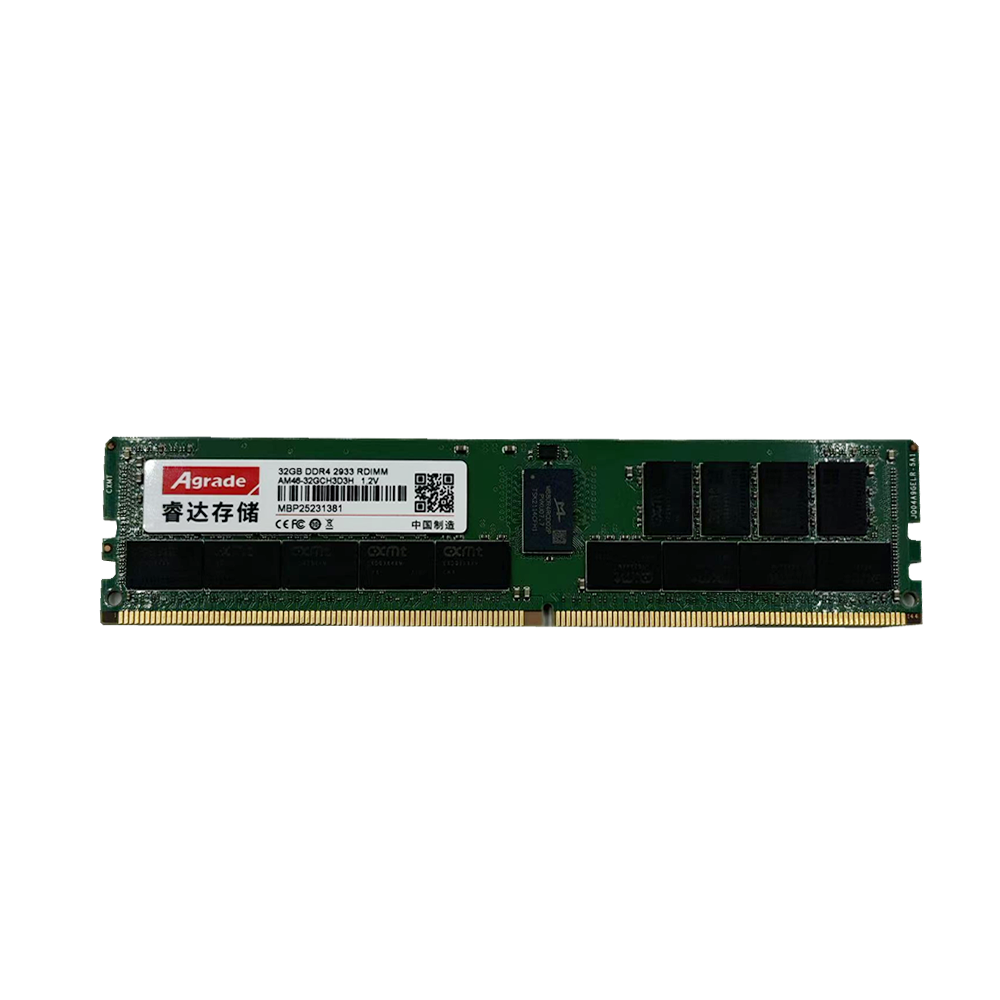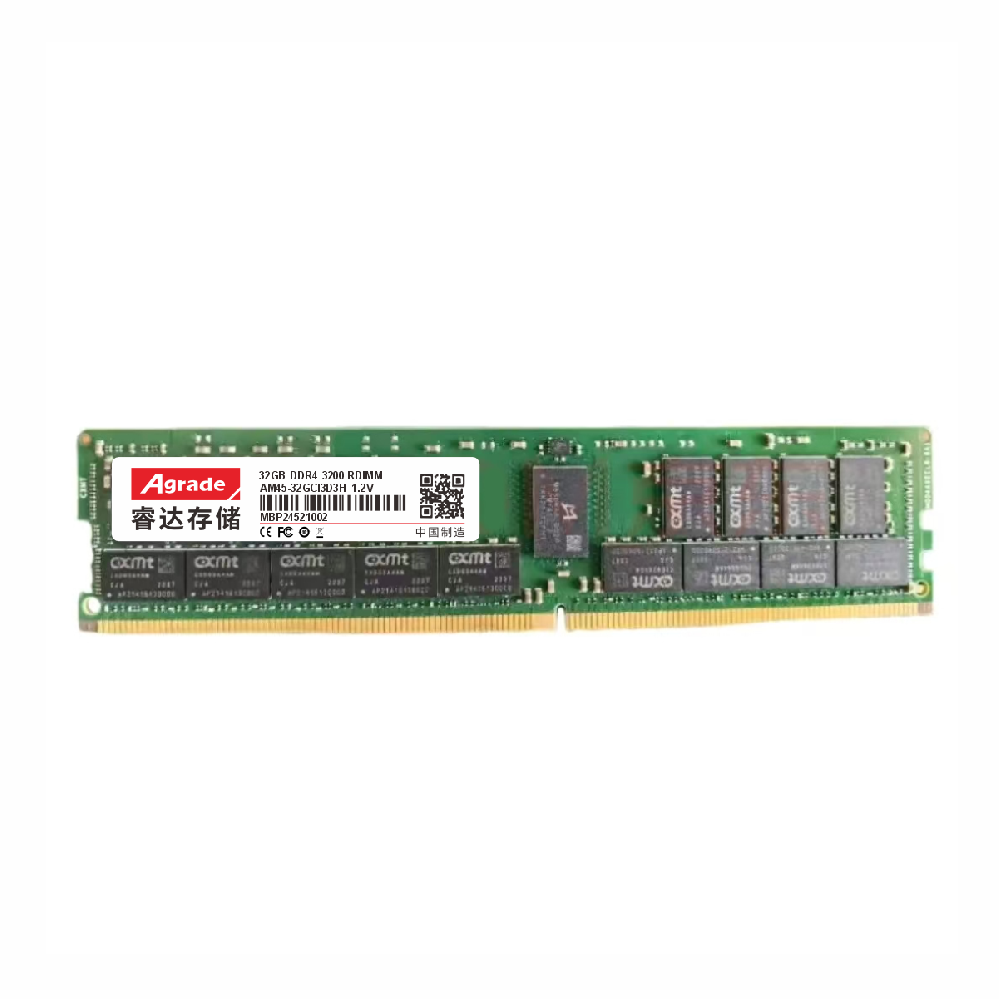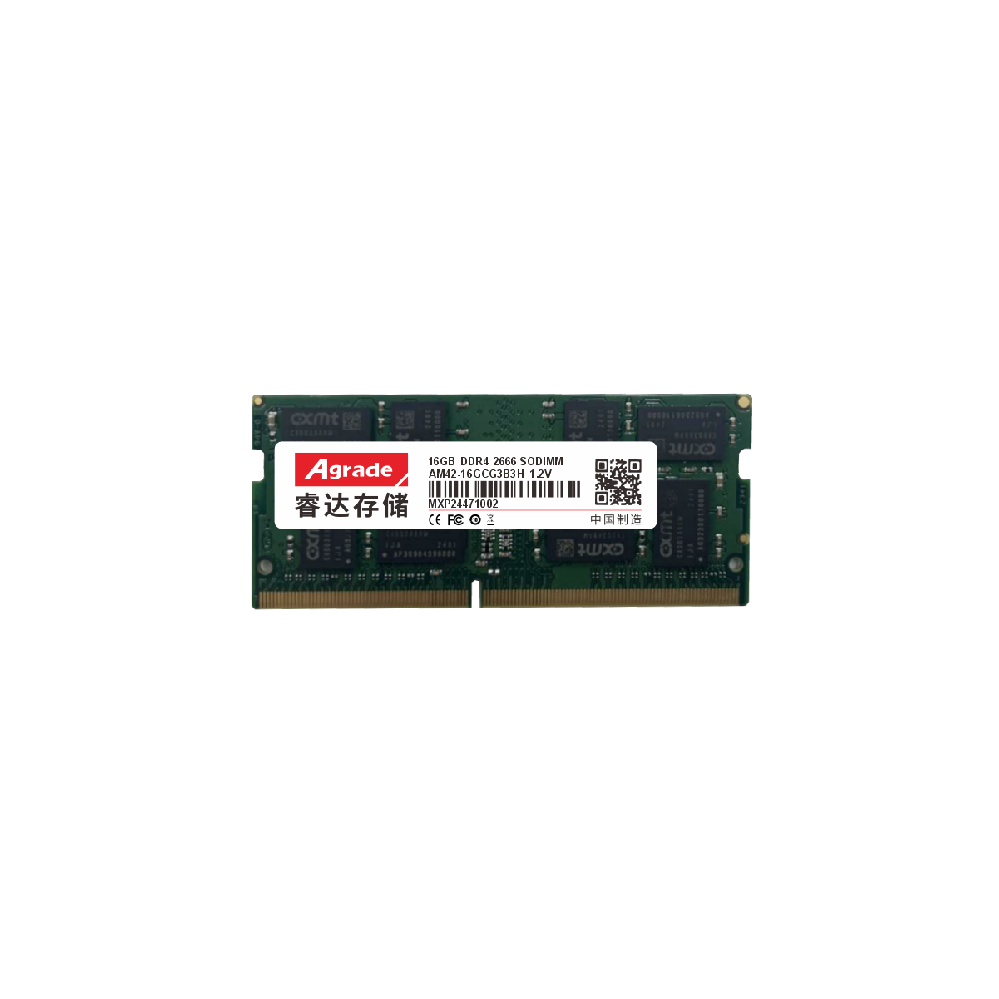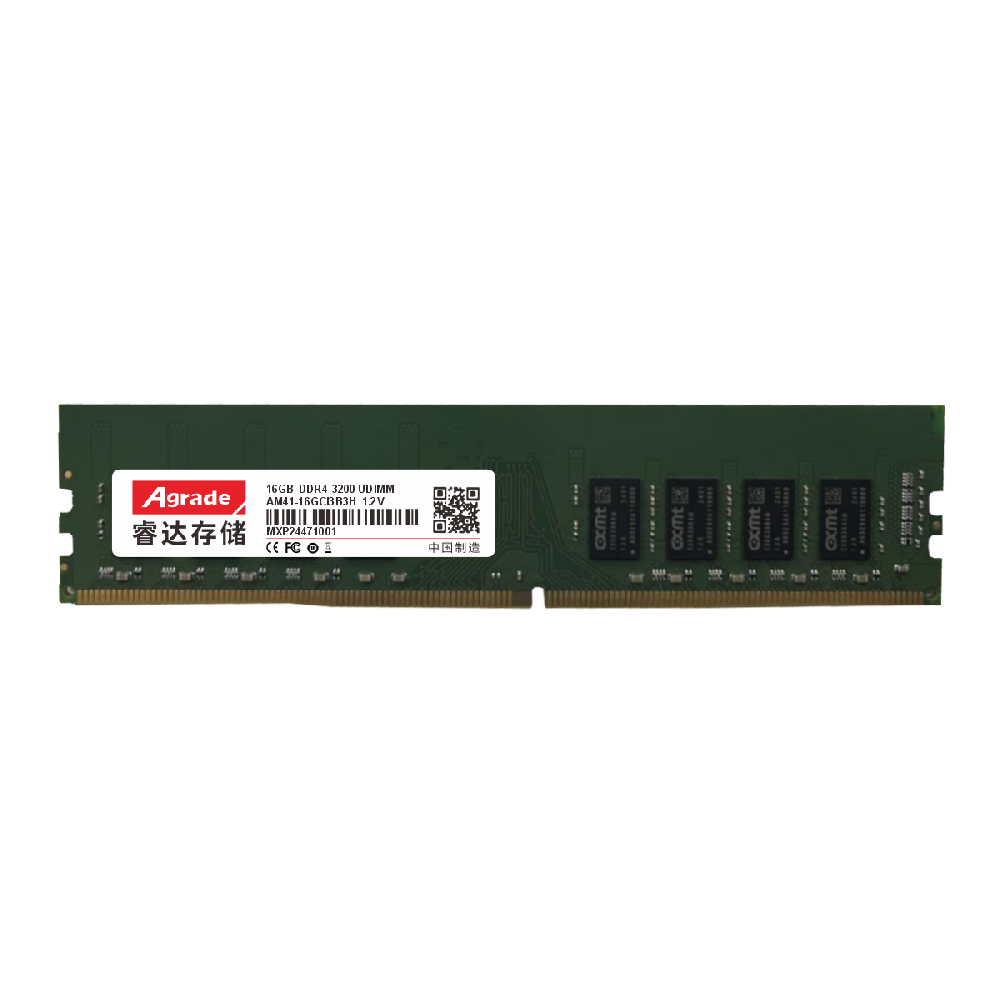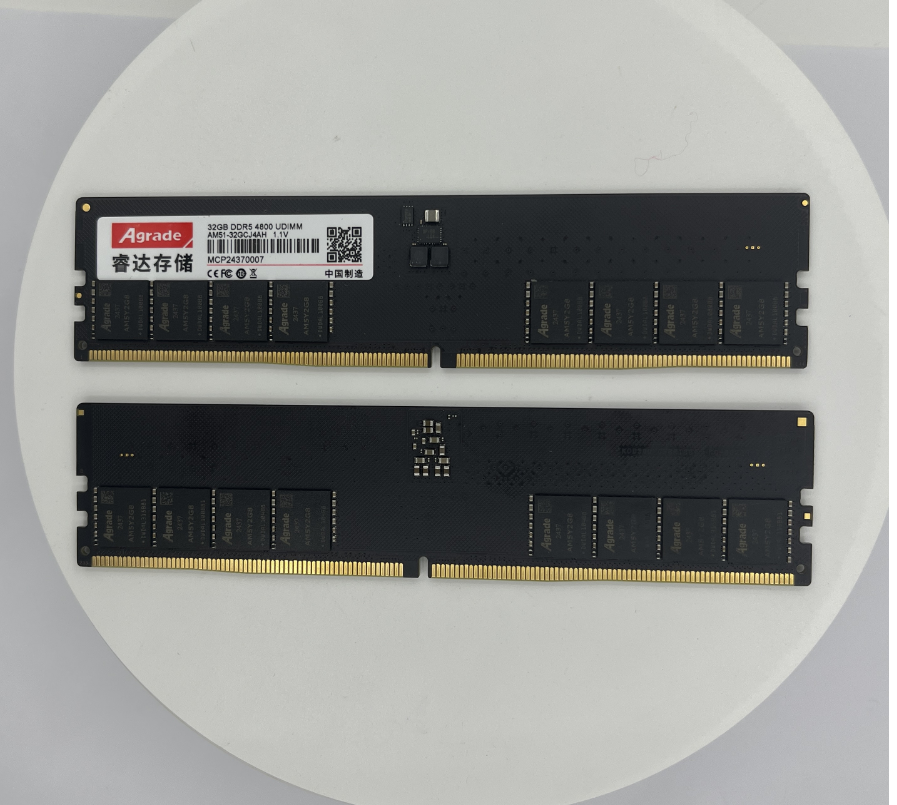

News
 电商部
电商部  2025-10-22 10:26:33
2025-10-22 10:26:33 How to understand the parameters on industrial grade solid-state drives?
Industrial grade solid state drives (SSDs) are widely used in industrial control, data centers, aerospace and other fields, and their performance and reliability are directly related to the stable operation of the system. How to quickly and accurately understand the dense parameters on the hard drive? The following is a guide for analyzing key parameters.
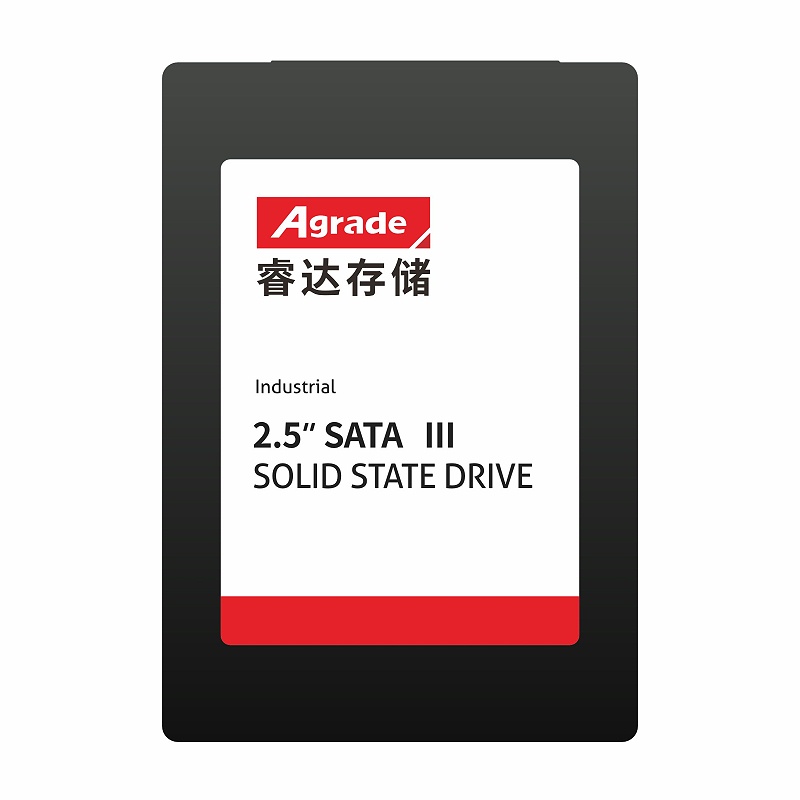
1. Interface type
The interface determines the data transmission method between SSD and host. Common interfaces include SATA, PCIe, NVMe, etc. SATA interface has good compatibility but slow speed, suitable for traditional industrial equipment; PCIe interface has faster speed, while NVMe protocol further optimizes transmission efficiency, making it suitable for scenarios with high performance requirements. When selecting, it is necessary to match the interface types supported by the motherboard.
2. Storage capacity
Capacity is usually measured in GB or TB, which directly affects the amount of data storage. In industrial applications, it is necessary to choose according to actual needs. For example, monitoring systems require large capacity storage of video data, while embedded devices may only require tens of GB of storage for operating systems and critical programs.
3. Read and write speed
Sequential read/write speed: measures the efficiency of transferring large files, measured in MB/s or GB/s.
Random read/write speed: reflects the processing capability of small files or fragmented data, measured in IOPS (number of input/output operations per second). In industrial scenarios, random read-write performance is crucial for database queries, logging, and other operations.
4. Durability (TBW/DWPD)
TBW (total number of bytes written): Refers to the total amount of data that an SSD can write during its lifecycle.
DWPD (Daily Full Disk Write Count): Refers to the number of times an SSD can fully write to the hard drive capacity per day during the warranty period. High durability parameters are suitable for applications that require frequent writing, such as real-time data acquisition in industrial automation.
5. Working temperature range
Industrial grade SSDs typically support wide temperature operation (-40 ° C to 85 ° C) and are suitable for extreme environments. If the equipment needs to operate outdoors or in high-temperature workshops, priority should be given to selecting models that meet temperature requirements.
6. Seismic and impact resistance capability
Parameters such as MTBF (Mean Time Between Failures) and seismic rating (e.g. 1500G/0.5ms) reflect the reliability of SSDs. Industrial equipment often faces vibration or impact, and it is necessary to choose products with strong impact resistance.
7. Data protection technology
Features such as ECC error correction, power down protection, encryption, etc. can enhance data security. In critical task systems, these technologies can prevent data loss or damage.
summary
Understanding the parameters of industrial grade SSDs requires consideration of application scenarios, with priority given to interface, capacity, speed, durability, and environmental adaptability. If there are still questions about the parameters, it is recommended to contact the manufacturer for detailed specifications or technical consultation to ensure that the selection meets actual needs.

